Brazilian Jiu-Jitsu is a martial art suitable for anyone regardless of age, gender, and body type. It is a truly empowering endeavor that even Jocko Willink, a BJJ black belt and former Navy SEAL who is a famous ambassador of the sport, compares BJJ to having a superpower. It can be traced back to the original purpose of BJJ: to give a smaller and weaker person the ability to neutralize and defend themselves against bigger and stronger aggressors.
Everybody has to start somewhere. Even the greats were once clueless beginners on the mats. You never stop learning in BJJ: the art requires a lifelong commitment. If you are a beginner, these are the things you have to consider before you start training on the mats.
1) Leave Your Ego At The Door
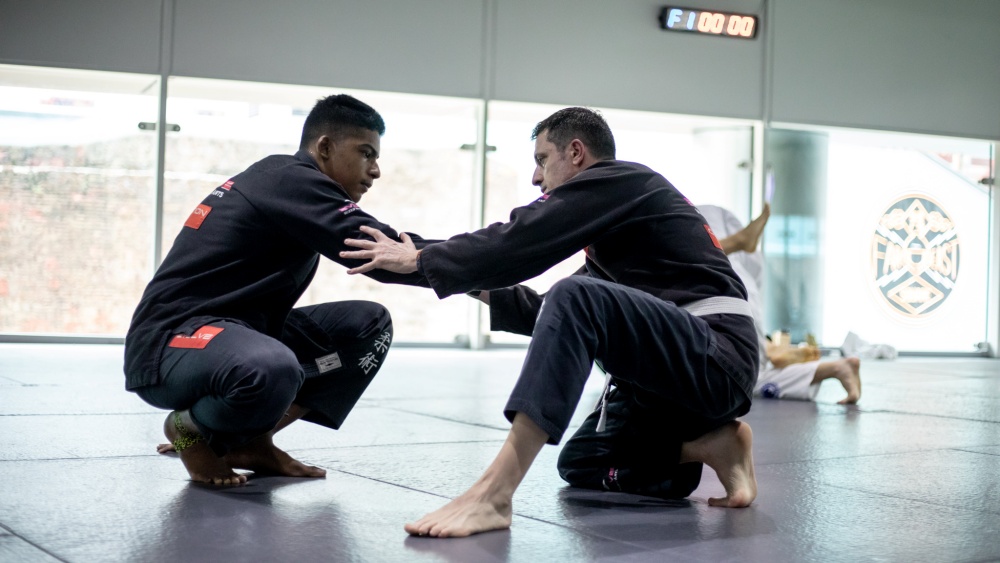
You’ve probably seen this phrase a lot. It can usually be seen when you enter a martial arts gym. Humility is one of martial arts’ greatest lessons. Not dropping your ego when training martial arts, especially BJJ, will put you in trouble. Every person, even a martial artist, has an ego. It only becomes a problem when it remains untamed, and it’s not ideal in BJJ, no matter your rank.
Ego can prevent you from learning new techniques and adapting to changes. It will probably get you hurt because ego might get in the way of your safety. Injury is always looming in BJJ, so it’s best to tap if things get dangerous.
No matter how strong you may be or how good you are in other martial arts before starting BJJ, leave it outside the mats, as there will always be someone more experienced and better than you.
2) Don’t Spaz
Spazzing is a term you usually hear from experienced grapplers when they are dealing with a wild beginner, telling them to calm down. A spazzy grappler means they are clumsy and might cause harm to their training partners.
It is typically a defense mechanism coming from a place of aggression and sometimes fear. When escaping pins or submissions, beginners usually move in an uncontrolled manner with excessive force.
Although it is common for beginners to spaz as they still don’t know how to move and escape properly, it can cause unnecessary injuries to training partners, so it is important to be aware of it at least.
3) Focus On Your Defense
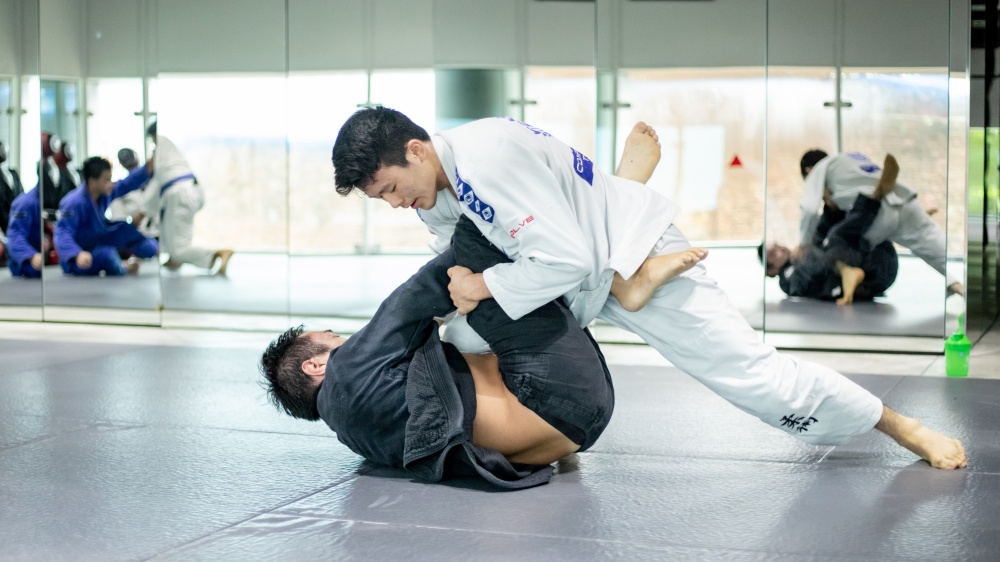
As a beginner, your focus should be on your guard and learning to escape from pins and positions. Of course, offense is also essential, but it can be learned later on. As John Danaher said, when you’re strong defensively, it forms the foundation from which you become strong offensively.
Do positional drilling and start from bad positions. This will make your escapes better. Becoming better at escapes and defense will give you the confidence to attack and hunt for submissions. It assures you that you will still be safe from incoming attacks if you fail the attempt and end up in bad spots.
4) Posture Up
This can be applied inside and outside the mats. Inside the mats, maintaining proper posture when passing the guard will prevent you from getting dragged down easily. It stops you from getting swept, taken down, and becoming an easy target for submissions. Off the mat, having a good posture is linked to greater self-esteem, boosting your confidence and making you more aware of your surroundings.
5) Training Is Not Competition
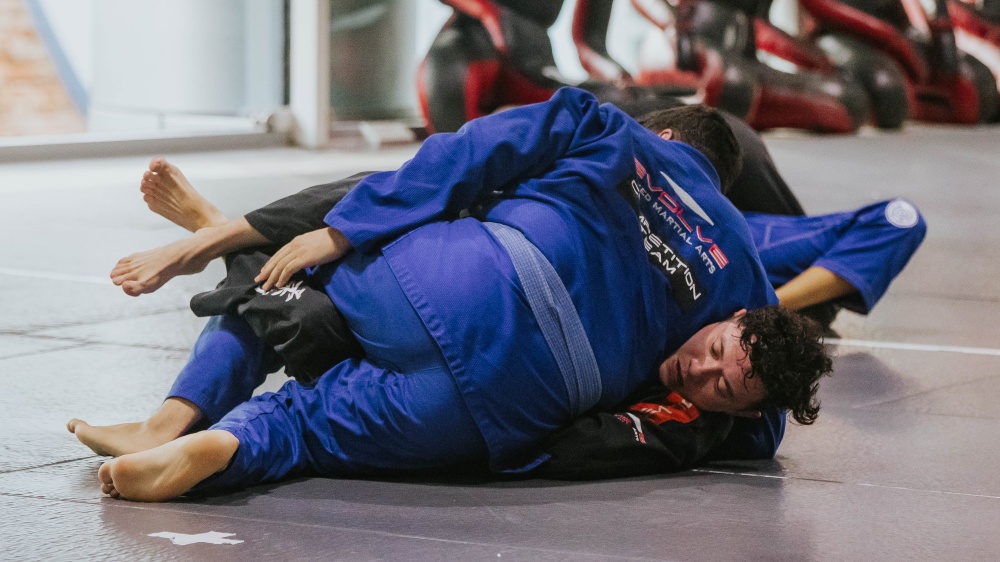
Legendary MMA fighter Georges St. Pierre said that the best way to improve is when the environment is playful. Although when preparing for a competition, you must recreate a more intense environment and get used to discomfort and stress. Your training partners are not your opponents.
There are times to increase the intensity of your workouts, especially when preparing for a competition. But if you want to work on your technique, lower the intensity so you can do more flow and technical rolls.
You can’t always use your “A” game on the mat, as it hinders your progression, preventing you from exploring more techniques that could benefit and add layers to your game. You don’t have to prove anything in training; getting tapped in the training room is normal and acceptable.
6) Position Before Submission
Getting to strong positions before attempting submissions is a safe and logical way to attack. Attempting submissions without first controlling the opponent can surprise unsuspecting opponents, but it can also put you in worse positions if the attack fails.
A common example is after passing the guard and landing in side control, beginners typically rush to submissions like the armbar without stabilizing their positions. It is a risky approach and is not recommended as you’ll likely lose the position. Avoid this common mistake.
While speed-based submissions may sometimes work, control-based submissions provide a higher winning percentage. Build the habit of prioritizing position before submission, and you’ll surely see many positive improvements to your game.
7) Focus On The Fundamentals
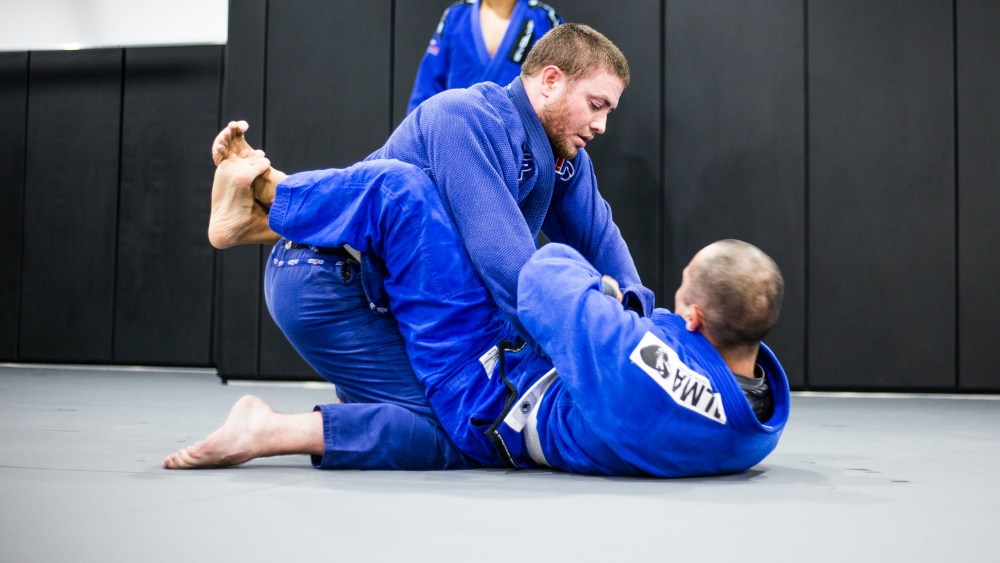
Work and strengthen your fundamentals. Forget about doing random flashy techniques you see in videos, as you might hurt yourself or your training partners. As a beginner, fundamentals should be your focus so that you understand how to maintain and finish submissions properly.
Fundamentals work even at the highest level of competition. It is a requirement before you get to blue belt that you should have a strong understanding of different fundamental positions. Worry not about doing fancy techniques and focus more on the basics.
8) Learn A Basic Takedown
BJJ is a ground-based martial art. It is your responsibility to know how to take the fight to the ground. Learn a simple takedown or two. Your takedown game doesn’t have to be too complicated. You don’t have to be a wrestler or a judoka to effectively take the opponent down (although having a background in these grappling martial arts will always be an advantage). Being good at takedowns will make you a better guard passer. Likewise, it is just as important to learn how to defend a takedown or throw.
9) Practice Breakfalls
Do breakfalls at the start of your training sessions, as a part of your warm-up. A breakfall is a movement grapplers perform to prevent them from injuring themselves upon landing. It is necessary if you practice throws or takedowns in your training session. Just as how you do breakfalls when you are thrown or taken down, it is just as helpful in real life in preventing injuries from falling.
10) Don’t Get Frustrated
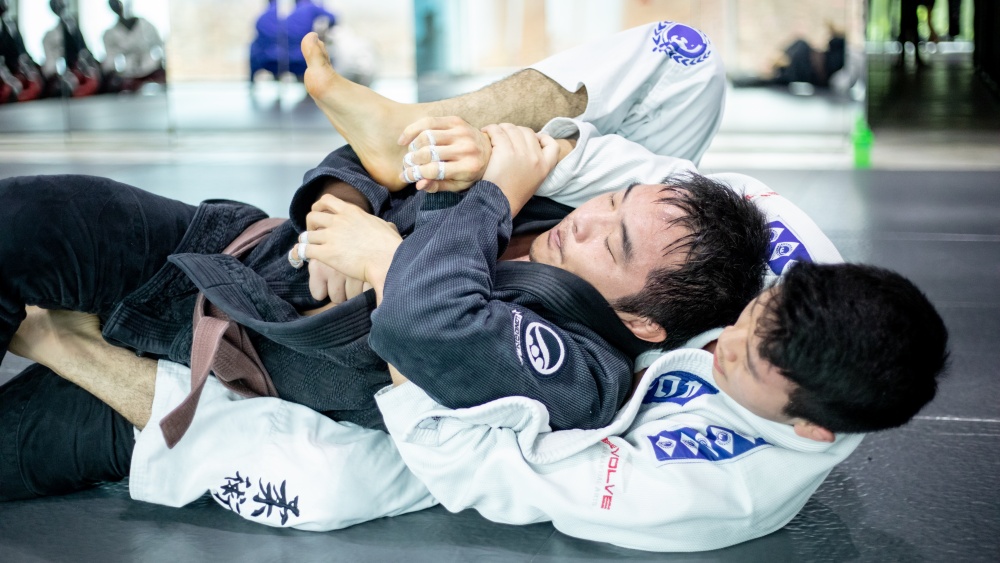
Getting good at something takes time. Even if you are talented, you still have to spend time drilling and working on your techniques. While there are students that progress faster than you, there is no point in comparing. Understand that each martial arts journey is unique and that everyone trains with a different purpose in mind.
Join as many tournaments as you can. No matter the result, it is the experience that counts. Learn from your mistakes, and don’t give up. Everybody has to start from somewhere. Remember that even the great Marcus “Buchecha” Almeida, lost his first eight tournaments in the first round, and that does not make him any less of a champion than he already is.
11) Prioritize Technique Over Brute Strength
While strength is always beneficial, learning the proper technique when executing moves should be your priority. Using your strength to squeeze the life out of your training partner may result in a tap from a weaker, smaller, and less experienced grappler, but it will seldomly work against higher belts or grapplers your own size. Using too much strength will fatigue your muscles quickly. Keep in mind that the main idea of BJJ is to use technique. Work on your technique first and supplement it with your strength.
12) Choose Your Favorite Submission
As a beginner, it is not advisable to learn as many submissions as you can. While it can be helpful, as it makes you aware if the opponent is setting up a submission against you, it is counterproductive to learn too many moves early in your training. Choose a submission or two that works best for your body type and attributes.
For example, triangles will work in your favor if you are a lanky grappler. Work on your entries, as the triangle choke is a submission that can be applied from almost all positions. Another example is if you are a heavier and stronger grappler, big man submissions like the kimura and Americana will work well for you.
13) Identify Your Passing Style
Choose a passing style that works best for you. There are two types of passing in BJJ: pressure and speed passing. Typically, pressure passing works well for bigger grapplers, and speed passing for lighter grapplers.
Though this doesn’t mean that you can’t perform pressure passes as a smaller grappler, understand that your attributes will complement which passing style suits you best. The Over-Under Pass is an example of a passing technique you can perform if you are a pressure passer.
14) Don’t Slam Your Training Partners Out Of Submissions
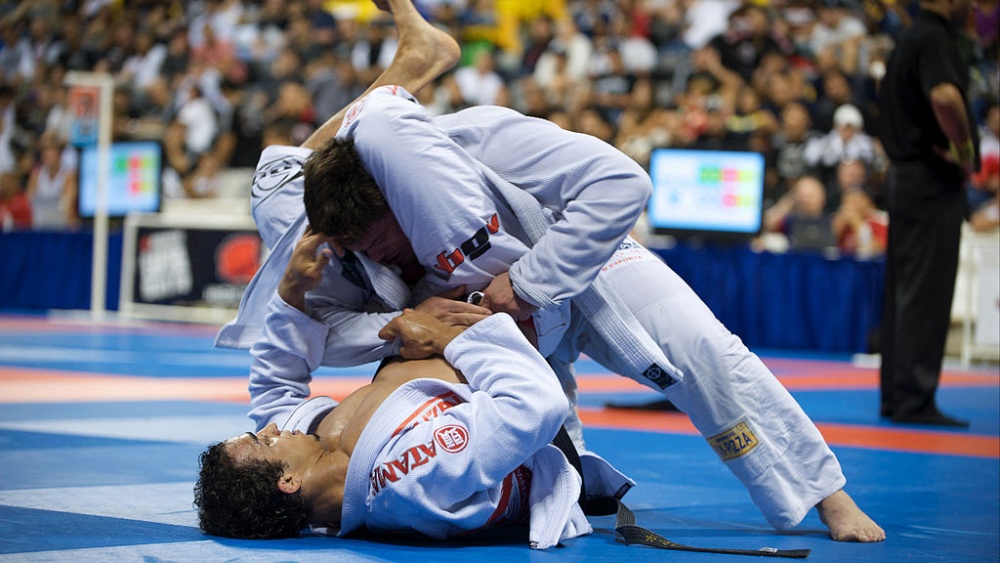
In relation to point #2, if you are naturally a strong person, avoid slamming your training partners during training. While you have probably seen fighters in MMA or grapplers that competed in ADCC slam their opponents out of a submission, don’t do it in training, as it can permanently injure your training partners and damage their spine. Remember that training should be safe and enjoyable for everyone.
15) Avoid Illegal/Banned Techniques
Avoid doing banned techniques, especially if you are a beginner. There’s always a reason why certain moves are banned. Illegal moves have the potential to cause irreversible damage to your training partners, especially when executed with no control.
Techniques like the heel hook require experience and technical knowledge for both parties to ensure safety during training. You can work on the mechanics of banned techniques with the guidance of your coaches if you really need to learn them.
16) Observe Proper Hygiene
Maintain proper hygiene every time you train. Check if you have long toe and fingernails. You don’t want to unintentionally leave scratches on your training partner’s skin. Do not wear a used gi; wash it after every training session. Brush your teeth, shower before and after workouts to reduce the risk of skin infection, and wear your deodorant. Please don’t be the stinky guy in class.
17) Stay Consistent
Chris Haueter, a member of the BJJ Dirty Dozen (the first 12 practitioners to receive the black belt outside of Brazil), said that it’s not about who is best, but who is left. No matter how slow you think you are progressing, it is critical that you don’t stop. T
ake the idea of Kaizen, which means “continuous improvement”, as an example. Small improvements daily, when compounded, are enough to make a massive change in a year or so.
18) BJJ Is An Investment
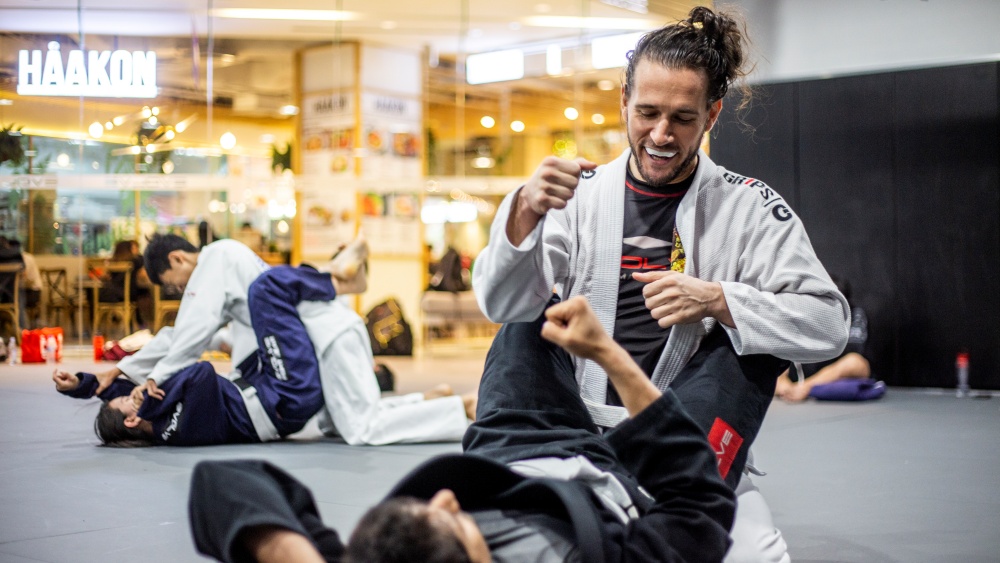
If you are a student or struggling financially and find it difficult to train BJJ because of finances, tell yourself that BJJ is an investment. It is an investment in yourself in every aspect, physically, mentally, and emotionally.
By training, you will achieve a more muscular body and lose weight if that is your goal. It also reduces stress, helps with focus, discipline, confidence, and improves overall mental well-being. Remove the vices in your life and transfer your focus to training instead.
19) Warm Up And Stretch
Remember to warm up and stretch before and after training sessions. It is important to prepare your body appropriately to prevent injuries, and remember to cool off after. It doesn’t matter if you are a white or black belt, don’t skip warm-ups. Stretching is also beneficial so you can apply and finish submissions in uncomfortable positions. Stretching and doing warm-ups before training sessions are vital regardless of your rank in BJJ.
20) Be Punctual
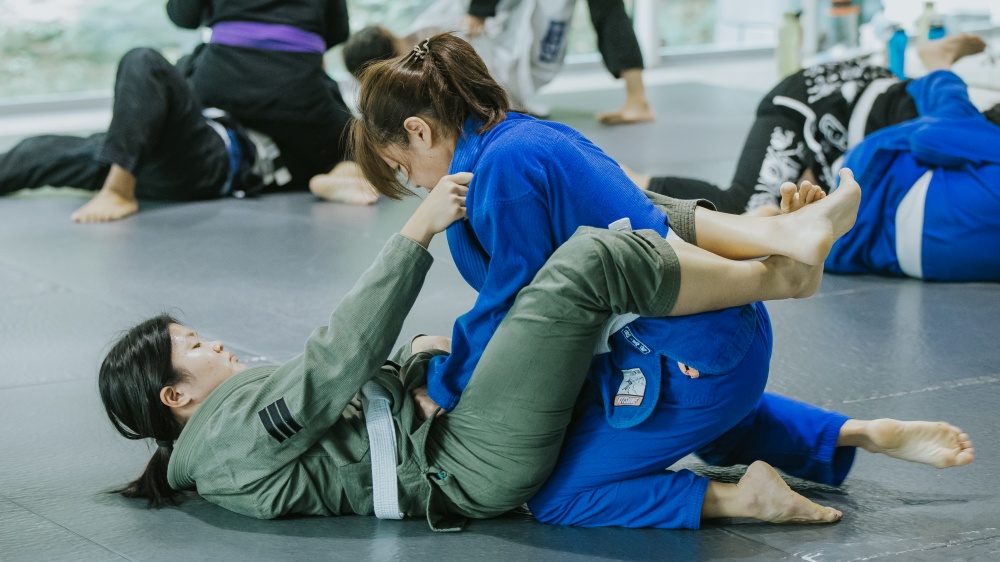
Always arrive before the class starts so you can join the warm-up session. As a beginner, you must be on time in training so you won’t miss the technique of the day and the sparring session. The sparring session is necessary to determine if you can apply your techniques under pressure.
Final Thoughts
Have fun training, and remember to celebrate your achievements no matter how big or small they are. Keep in mind that the only person you have to compete with is yourself and that the path to mastering BJJ is filled with many challenges. Appreciate your training partners and stay consistent as best as you can.
You may also like:
















